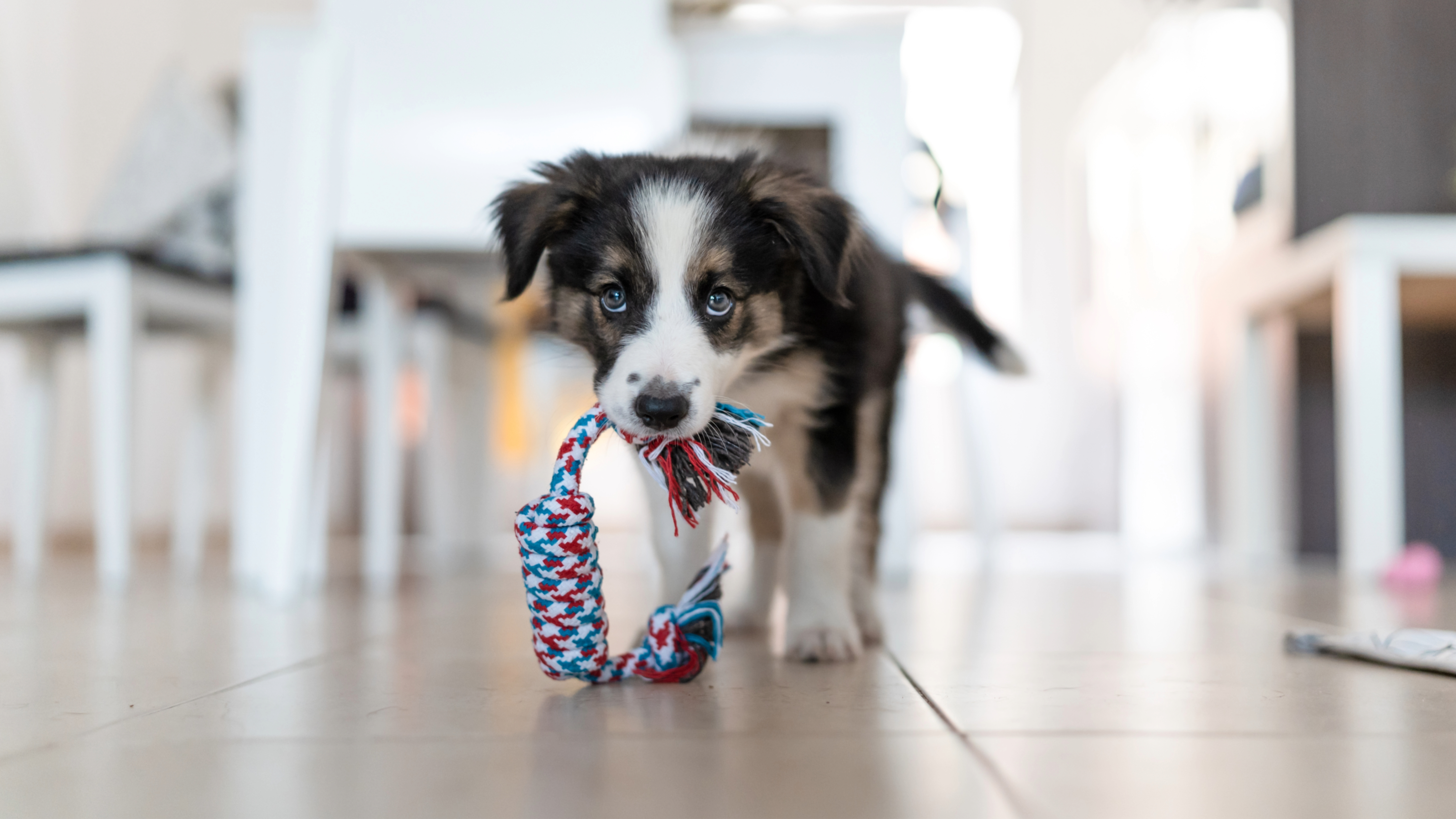
When you get a new puppy, you might want to spend as much time as you can with them – which is totally understandable!
However, you probably won’t be able to spend every single waking moment with your new family member, as much as you’d like to. There are other life commitments that get in the way, meaning that your pup will need to learn how to spend time alone, whether that’s with people elsewhere in the house, or with them being home alone and enjoying one of the best dog toys independently.
If you’d like to make your dog more comfortable with spending time alone, why not take a look at this advice from Ella Camps-Linney and Alistair Mackenzie, professional trainers and the founders of Kirby Dog Training?
First of all, Camps-Linney and Mackenzie advise building independence at home first. This could mean giving your dog enrichment activities to do away from you to help build their confidence or spending time apart from your dog by using a puppy pen or baby gate. “Come back before they get distressed if dealing with anxiety as the underlying emotion,” they add, “So they learn that you never leave them for longer than they can cope for.”
You can do little separation drills, too. When your dog’s ready to settle down and rest (here’s how to tire out a puppy), walk away from your dog and go to the door, to the hallway, or to another room. Gradually, introduce the idea of leaving the front door – keep arrivals and departures low-key, so your dog learns that coming and going is normal, but it’s totally fine to acknowledge your pup when you return! You don’t need to ignore them.
When it comes to getting a puppy used to being home alone, it’s important to take things slow. You don’t want to move too quickly and stress them out, as this can lead to some negative knock-on effects. Take your time and ensure that your dog’s comfort is your main priority, and it’ll pay off further down the line when you have a happy pup who’s comfortable being left alone when needed.
For more advice on how to manage separation anxiety – which is quite common in dogs given how sociable they can be – you might find this article useful: How to reduce separation anxiety in dogs: A vet's guide.







